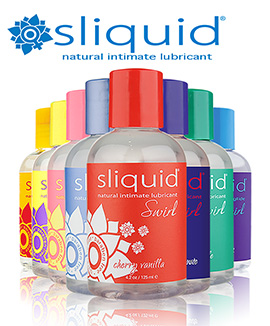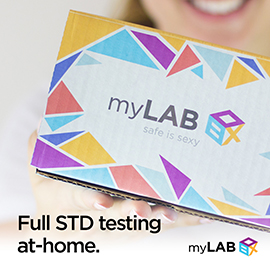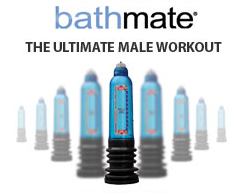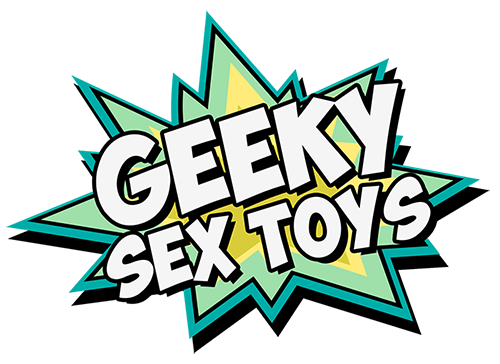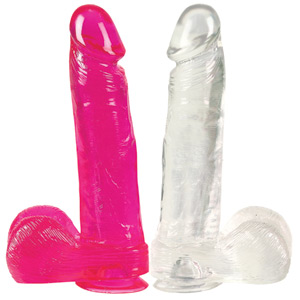 Since I started posting videos back in 2007 there is one thing I’ve mentioned time and time again that I want for you to be wary of… no it’s not baseless ass toys. It’s not unprotected sex. It’s not even how to do your partner properly.
Since I started posting videos back in 2007 there is one thing I’ve mentioned time and time again that I want for you to be wary of… no it’s not baseless ass toys. It’s not unprotected sex. It’s not even how to do your partner properly.
Yes, those things are important and do matter, but for this post I want to talk about phthalates (pronounced tha-ˌlate), a chemical in sex toys that is absolutely horrible and should be avoided at all costs.
Now I’m sure your all asking the following question…
What are phthalates?
- Phthalates are a family of compounds created by reacting phthalic anhydride with certain alcohols
Okay, I’ll admit, that probably sounds a little overwhelming, so let’s just say it’s what you get when you mix ‘A’ (‘A’ being phthalic anhydride – a musty scented flaky white powder mostly used as a solid industrial chemical in the production of plasticizers) and ‘B’ (‘B’ being various alcohols).
What are plasticizers?
- Plasticizers are additives that increase the plasticity or fluidity of the material to which they are added
Basically put, they’re added to materials (usually hard PVC) to make them more flexible, thus creating the soft, supple, squishy and bendy textures you’ll find in most cheap jelly sex toys.
 A little about phthalates.
A little about phthalates.
Phthalates have been around since the 1920’s and then became produced in large quantities in the 50’s when polyvinyl choloride or PVC became highly sought after.
For those of you not familiar with PVC think of the following;
as a hard plastic
· vinyl records
· vinyl siding
· pipes & plumbing
as a soft plastic
· clothing (like your favourite PVC dress or pants or dominatrix body suit)
· upholstery like on a couch, or in your shower curtain
· sex toys (specifically jelly toys or cyberskin ones)
· flexible hoses
Phthalates can also be found in numerous household items like nail polish, caulk, and paint pigment or plastic grocery bags. Fortunately, due to the small amount of phthalates in these items you don’t really need to worry, however that doesn’t mean there aren’t any health risks with phthalates in general.
 Health risks in regard to sex toys
Health risks in regard to sex toys
As with any harsh chemical there are nasty side effects;
- studies have shown that phthalates cause reproductive and developmental toxins
- may be a contributing factor in “testicular dysgenesis syndrome”
- have shown increasing incidence of birth defects of the male reproductive tract such as undescended testis, and lower sperm count
- as if that wasn’t enough, they’re also believed to inhibit testosterone formation during the period of fetal development when masculine traits are beginning to form.
Regarding risks for those with vaginas, phalates have been implicated in premature puberty in girls, appear to suppress estradiol production, prolong estrous cycles, and cause an ovulation (no egg released during the cycle), a common cause of infertility (though those were studies on lab rats, and not humans).
Other problems with Phthalates are due to them being very porous. By this I mean that they absorb lube, bacteria and bodily fluids rather easily, and unfortunately can’t ever be fully sterilized; if you have the beginnings of a yeast infection and use your jelly toy there’s a likely chance it will absorb the bacteria, and unless you clean it very VERY well, the bacteria will live within it until next time (potentially even thriving), with you unknowingly re-infecting yourself. Aside from that, sticking a porous object into a bacteria filled environment (like your ass) just really doesn’t sound like a very safe or good idea.
Now, aside from the obvious answer (as it would relate to sticking objects in your orifices), I’m going to assume your next question is…
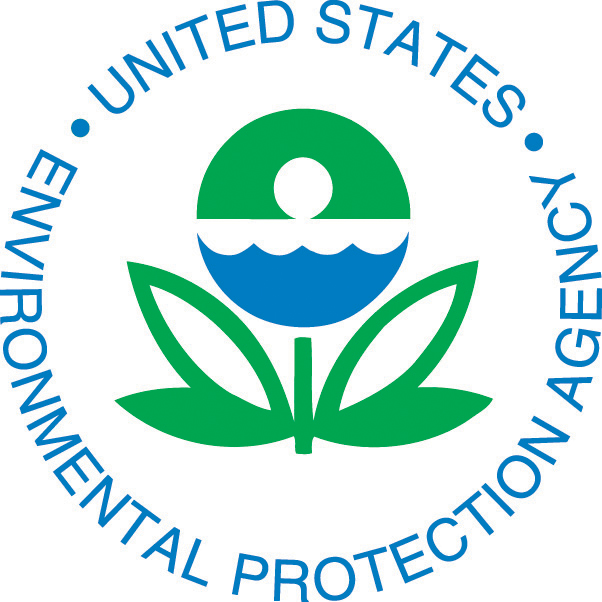 How do phthalates get into your body ?
How do phthalates get into your body ?
Through “leeching”, a reaction that heat, agitation, and extended shelf life can accelerate… basically put, if the toy you just purchased spent a long length of time in its packaging there is a very good chance that over time its started to give off the reaction faster then one that was just packed up. The same goes for the friction provided in thrusting the toy during intercourse; body heat + friction = leeching. All of the above = Ick.
Now that you’re all scared about phthalates I want to let you know they don’t stay in your body forever. Your body will naturally expel them in various forms, urine is a primary one, for the unborn the problem lays in the transfer from within the womb and for newborns in breast milk.
How to know if your toy is high in phthalates?
This may sound silly, but the best way to find out is to smell it. Seriously, go on and give the toy a good huff, if it stinks like rubber or chemicals, kinda like a shower curtain or rancid rubber ball, it’s likely leeching phthalates as I type. Another way is to feel it, if it has an oily or greasy feel (and not because you forgot to wash off the lube from the night before), or if it’s sticky or tacky (or gets sticky or tacky during use), it likely has phthalates in it. Again, ick.
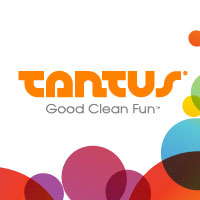 My suggestions
My suggestions
If you own any jelly toys your best bet is to start using a condom with them. This will help to limit the amount of contact that the material has with your body. If you can afford it, I suggest that you buy a silicone toy like the platinum grade ones that Tantus makes. For those of you wondering why, silicone is non-porous, anti-bacterial, non-toxic, eco friendly, phthalate free, odorless, they wont cause irritations, rashes or infections, can be used anally or vaginally and are some of the best you can buy for quality and craftsmanship. Silicone toys like Tantus will be a bit more expensive then the generic brands but in the long run, and in regard to your health and safety, they’re definitely worth it.
Hopefully you all learned something from reading this .and will make better choices with your toys the next time you go shopping.
Want to stay up to date with the new reviews? Just sign up for an email update through the form below!











